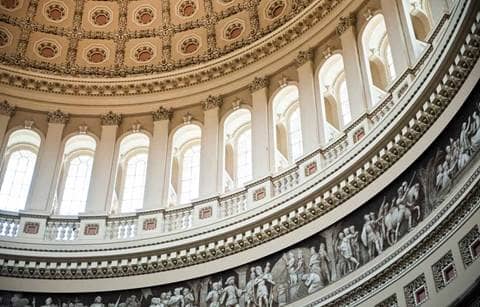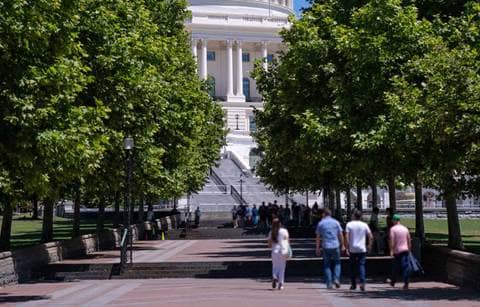Today’s word of the day is “tasseography,” a fortune-telling method based on interpreting the patterns in tea leaves, coffee grounds, or – perhaps more fitting for those of us working to stay abreast of forthcoming tax legislation – wine sediments. Given the flow of information from the White House, there aren’t many other tools left to predict the shape of tax reform in 2017. While the House GOP tax reform blueprint has some specifics, the Trump tax reform plan has yet to fully emerge.
In an interview last week with Jesse Waters of Fox News, President Trump did dangle some clues, which may have signaled a few changes from the original plan. As originally configured, the Trump plan called for a 12 percent, 25 percent, and 33 percent bracket for individuals, just like the House GOP plan. However, during the interview, President Trump alluded to three or four brackets and then said, “I’d like to see zero [percent] if you don’t make much, like zero .” The President did leave some wiggle room for further changes, though, and noted that, “We’re working on the different numbers.”
Treasury Secretary Steve Mnuchin dropped a few more breadcrumbs in an interview today with journalist Mike Allen. Secretary Mnuchin said that the administration has been working for the past two months on refining the Trump tax reform proposal. He indicated that a plan would be forthcoming “very soon” and thought it still possible to enact tax reform if not by August then definitely by the fall. He indicated that the House GOP border tax adjustment would not survive as currently configured, nothing that there are certain aspects that are attractive and certain aspects that are concerning.
If the President wishes to enact tax reform on Mnuchin’s timeline, he’ll have to act quickly. There are approximately 40 weeks left in the year, and Congress is recessed for 16 of them. That doesn’t leave a lot of time before year end. One has to wonder if the White House and Congress have the bandwidth to deal with tax reform when they still have healthcare reform to face, two budgets to enact, and a vote on raising the debt ceiling. With so much uncertainty, anyone trying to divine future tax legislation might be tempted to give up on reading the sediment and focus on drinking the wine.




